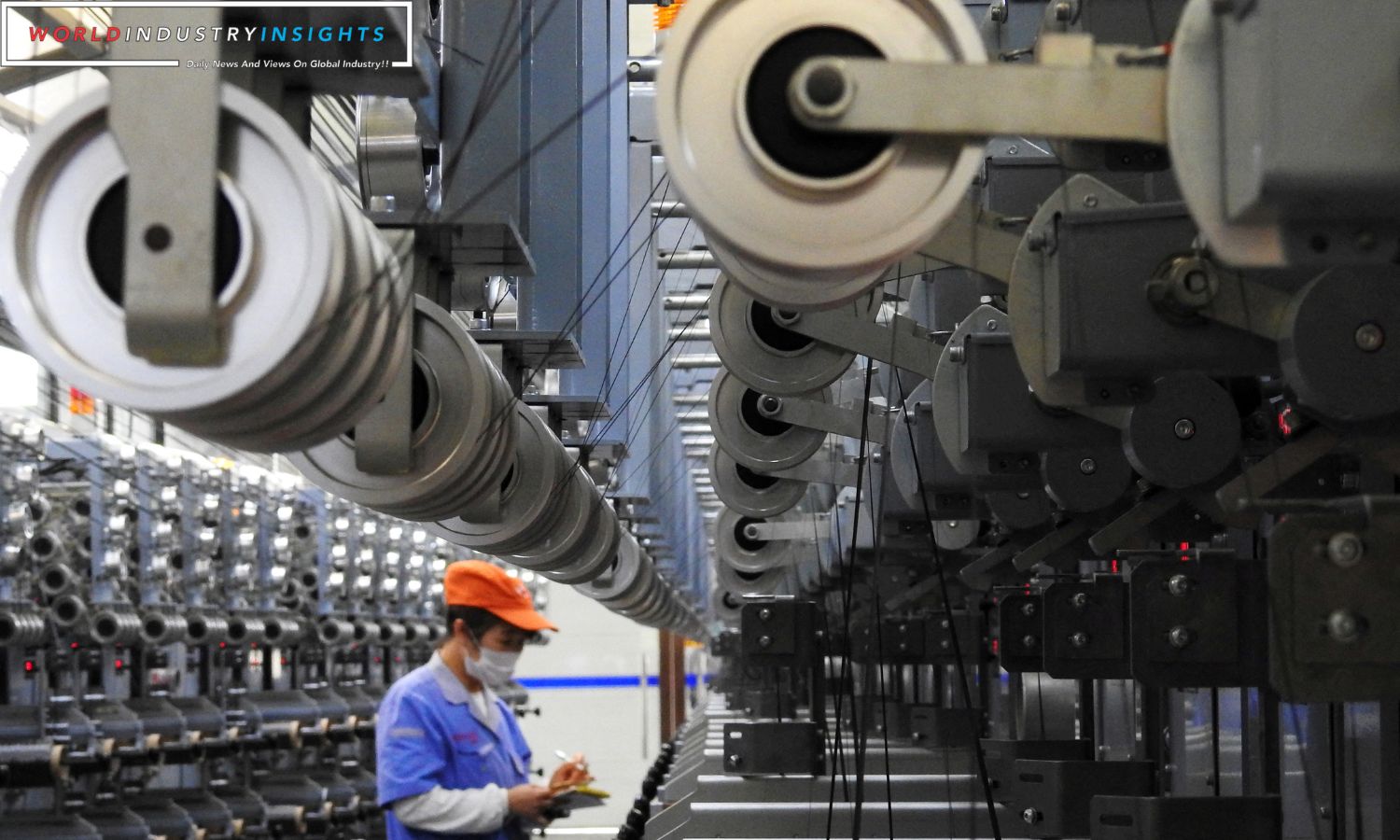Asia Manufacturing Woes: As October unfolded, Asia’s manufacturing sector grappled with escalating challenges, with factory activity across the region taking a worrisome downturn. Notably, China, Japan, South Korea, Vietnam, and Malaysia found themselves contending with a confluence of pressures, ranging from weakened global demand to surging prices.
China’s manufacturing PMI fell from 50.6 in September to 49.5 in October, below the important 50.0 barrier, suggesting a decrease in activity. This negative reading mirrored the disappointing official PMI data issued a day earlier, highlighting an unanticipated drop in economic activity that casts doubt on the world’s second-largest economy’s recovery.
Wang Zhe, an economist at Caixin Insight Group, summarized the situation by saying, “Overall, manufacturers were not in high spirits in October.” He added that while there were glimpses of economic stabilization, the recovery’s foundation remained shaky, characterized by weak demand, persistent internal and external uncertainties, and relatively tepid expectations.
The impact of China’s slowdown reverberated across neighboring nations such as Japan and South Korea, economies highly reliant on Chinese demand. Japan, in particular, witnessed factory activity contracting for the fifth consecutive month in October, as indicated by the final au Jibun Bank PMI.
Also Read: China Surprising Manufacturing Contraction: Navigating Economic Challenges
This disheartening news came hot on the heels of official figures revealing that Japan’s factory output had risen much less than expected in September, primarily due to a significant decline in demand. Companies like Fanuc and Murata Manufacturing, prominent Japanese machinery makers, reported underwhelming earnings over the past six months, reflecting the sluggish demand originating from China.
South Korea’s manufacturing sector faced a similar predicament, with factory activity declining for the sixteenth consecutive month. PMIs from Taiwan, Vietnam, and Malaysia painted a consistent picture of prolonged stagnation in activity.
The International Monetary Fund (IMF) issued a cautionary note, warning that China’s hesitant recovery and the looming specter of a prolonged property crisis could further undermine Asia’s economic outlook.
In the IMF’s recent World Economic Outlook, the growth estimate for Asia in the coming year was revised down to 4.2% from the earlier projection of 4.4% made in April, marking a decrease from the 4.6% forecast for this year. The mounting challenges faced by Asian manufacturers underscore the intricate balance between export-driven economies and an evolving global economic landscape, shrouded in uncertainty.
Our Reader’s Queries
Is Chinese manufacturing declining?
China’s manufacturing sector has contracted for the second consecutive month in November, indicating a need for further stimulus to boost economic growth and restore confidence in the government’s ability to support the industry. The pace of contraction has accelerated, highlighting the urgency of the situation. It is imperative that the authorities take swift action to address the challenges faced by the manufacturing sector and ensure its sustained growth.
What are the problems with manufacturing in China?
Manufacturers have been facing a major challenge in recent years due to the rising labor and operating costs. The increasing wages, stricter environmental regulations, and higher taxes are some of the factors that have contributed to this issue. As a result, it has become increasingly difficult for manufacturers to maintain profitability and sustain their businesses. However, with the right strategies and solutions, it is possible to overcome these challenges and thrive in the competitive market.
What are the future issues facing Asia?
The Asia-Pacific region is facing a serious threat to its economic and social development due to the increasing impact of climate change and natural disasters. These disasters are triggered by natural hazards and have the potential to cause significant damage. It is crucial to implement effective disaster risk management strategies to mitigate the impact of these disasters and ensure sustainable development in the region. Failure to do so could have severe consequences for the people and economies of Asia and the Pacific.
Why is China so good at manufacturing?
China’s vast population has a significant impact on various aspects, including the economy. With a large workforce, the cost of labor is relatively low, making it an attractive destination for manufacturing. Additionally, the massive market size provides ample opportunities for businesses to sell their products. As a result, many of the world’s most prominent and reputable brands have been relocating their manufacturing operations to Chinese factories for quite some time now.


